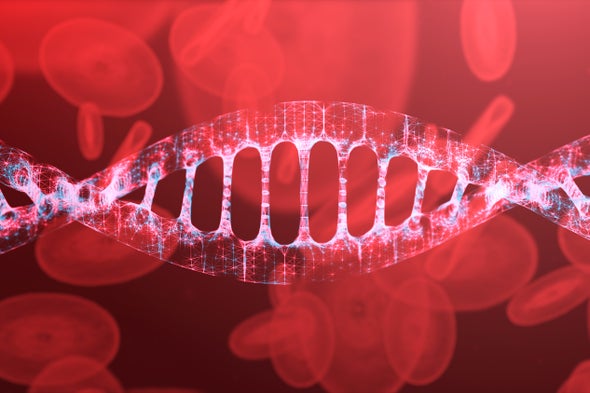When a cell dies in a tumor, a growing fetus or elsewhere in the body, bits and pieces of its DNA enter the bloodstream. A new test that identifies the source of such DNA could make it easier to find hidden cancers, monitor the success of organ transplants and conduct prenatal screenings. To make this test, the team of researchers figured out how to analyze two types of variation at once to noninvasively pinpoint DNA fragments’ origins with near-perfect accuracy.
Circulating DNA is a “diagnostic gold mine,” says Cornell University biomedical engineer Iwijn De Vlaminck, who was not involved with the new study. For example, tumor DNA may appear in the blood before a cancer can be detected using conventional screening methods. But earlier blood tests that looked for circulating DNA were limited by the fact that all the cells in our system have largely the same genome, De Vlaminck adds.
“Our new method will show us where these [DNA] molecules come from with a very high degree of resolution,” says Dennis Lo, a chemical pathologist at the Chinese University of Hong Kong and senior author on the new study in eLife.
Along with differences in genetic code—which can indicate whether DNA comes from a transplanted organ or from a growing fetus—the new test (called GETMap, for genetic-epigenetic tissue mapping) also measures a phenomenon called DNA methylation. Cells add molecular groups to certain DNA sequences to turn genes on and off; this so-called methylation fingerprint can reveal the original tissue source for the DNA.
The researchers tested GETMap in pregnant women, lung transplant recipients and cancer patients. In blood samples from the first group, they could distinguish fetal cell DNA (which has methylation signatures specific to the placenta) from maternal DNA more easily than with current methods.
“If we can determine which of the [circulating] DNA is coming from the placenta, we could more readily look at specific gene defects,” says Virginia Winn, an obstetrician-gynecologist at Stanford University, who was not involved in the study.
In lung transplant recipients, the researchers found that most of the DNA released just after the transplant came from the new lungs’ blood vessels, an insight that may be useful in the future for tracking organ rejection.
And in cancer patients, they pinpointed the sources of tumors, which could reduce the need for full-body scans and allow for more targeted testing and treatment.
GETMap’s uses may not stop with blood. Lo says the researchers next plan to test their technique in urine, spinal fluid and other bodily liquids to detect and treat diseases early.

